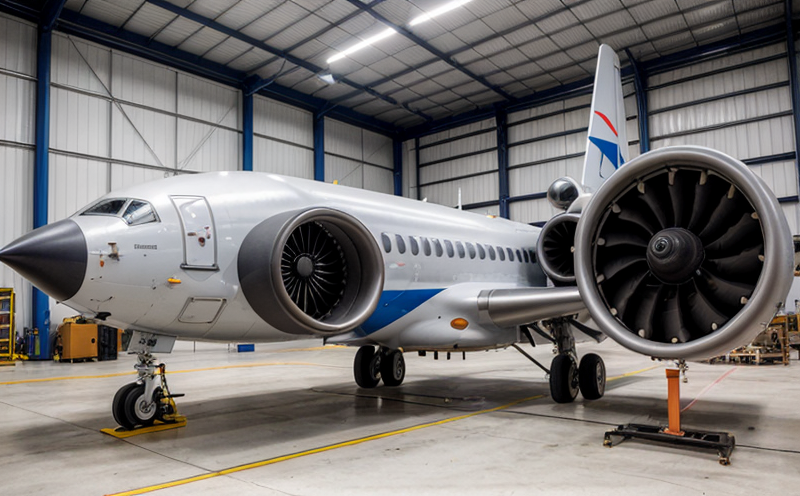Vibration Qualification of Guidance and Navigation Systems
In aerospace and defense applications, guidance and navigation systems are critical to ensuring precise trajectory control and mission success. These systems are subject to stringent reliability requirements due to the harsh operating environments encountered in space or aerial missions.
One crucial aspect of these systems’ design is vibration qualification testing. This process ensures that components can withstand the dynamic stress conditions they will face during launch, flight, and re-entry phases. The purpose of this service involves subjecting guidance and navigation units to controlled mechanical vibrations aimed at simulating real-world environments. By doing so, we validate the structural integrity and functional performance of these critical systems.
The testing is carried out in accordance with international standards such as MIL-STD-810G, ISO 16750, and ASTM E2349, which specify the vibration levels that components must endure. This service focuses on providing clients with accurate and reliable data to support ongoing product development and regulatory compliance.
The testing process involves several key steps: first is the specimen preparation, where we carefully select and prepare the guidance and navigation systems for the upcoming tests. Next comes the setup of the test equipment, including shakers capable of delivering controlled vibrations across a specified frequency range. The system is then subjected to various vibration profiles that mimic real-world conditions, such as launch vehicle shake or atmospheric turbulence.
Throughout the testing process, our team closely monitors each parameter to ensure accurate and reproducible results. Post-testing, we analyze the data collected during the qualification phase to determine if the guidance and navigation systems meet all specified standards and requirements. If necessary, we provide recommendations for any modifications or improvements based on these findings.
The outcomes of this testing are crucial in ensuring that aerospace and defense equipment meets rigorous quality control expectations. This service not only supports compliance with industry regulations but also enhances the overall reliability and performance of critical components within guidance and navigation systems.
Scope and Methodology
| Test Parameters | Apparatus | Acceptance Criteria |
|---|---|---|
| Vibration Frequency Range | Shakers with adjustable frequency and amplitude | In accordance with MIL-STD-810G, Section 5.4.3 |
| Vibration Amplitude | Seismometers for precise measurement of vibration levels | Absolute amplitude values based on test requirements |
| Durability Testing | Multiaxis shaker systems and environmental chambers | Testing duration aligned with expected mission life cycles |
Industry Applications
- Aerospace guidance and navigation systems for satellite launches.
- Aircraft avionics requiring precise control during flight maneuvers.
- Naval vessel inertial measurement units designed to operate under sea conditions.
- Spacecraft attitude control systems ensuring proper orientation in space.
Eurolab Advantages
At Eurolab, we pride ourselves on delivering high-quality services that meet the stringent requirements of aerospace and defense industries. Our expertise in vibration qualification testing is complemented by state-of-the-art facilities and experienced professionals who understand the unique challenges faced by this sector.
- Compliance with international standards and industry best practices.
- Accurate and reliable test results ensuring product quality and safety.
- Detailed reporting and comprehensive analysis of testing outcomes.
- Support for continuous improvement through post-test recommendations.





